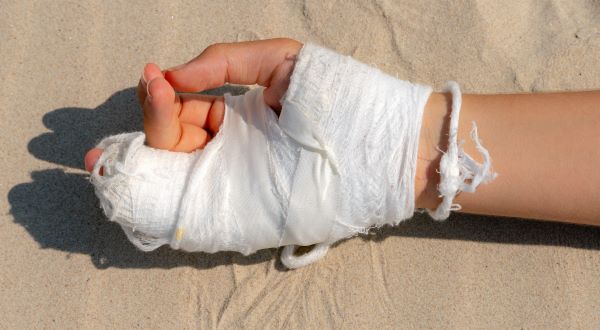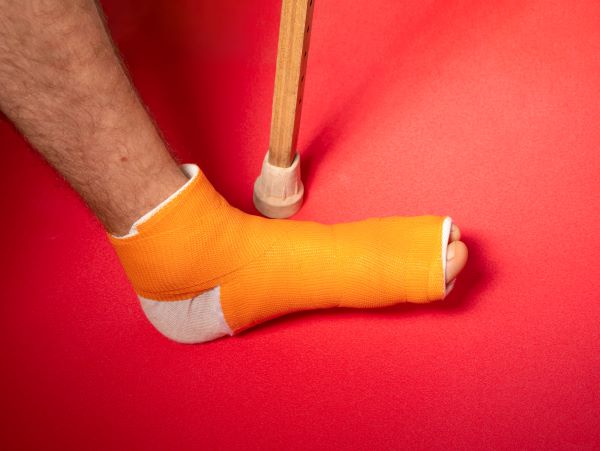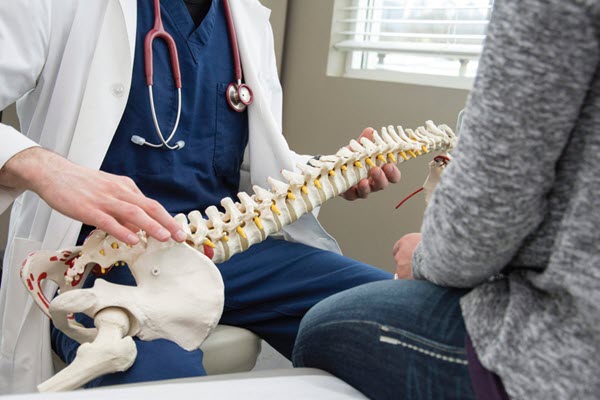Toe the Line for F/T Modifier Coding Success
Reserve these modifiers for fingers, toes. When you’re coding, you always strive to make the claim as clear and concise as possible so the payer has minimal issues when processing. That’s why the finger/toe (F/T) modifiers are so important. These modifiers, for use on each individual finger and toe, can help the payer understand multiple-procedure scenarios more quickly and zero in on the exact treatment area you’re coding for. And for many payers, they’re required. Get the information you need on the F/T modifiers now so you don’t miss this detail on a future claim. Use These Modifiers for Fingers When the orthopedist performs any procedure on a patient’s fingers, you should append one of the following modifiers to the procedure code: Example: Encounter notes indicate that the orthopedist performed simple drainage of a finger abscess on a patient’s left fourth digit. On the claim, you’d report 26010 (Drainage of finger abscess; simple) for the drainage with modifier F3 appended. Use These Modifier for Toes When the orthopedist performs any procedure on a patient’s toes, you should append one of the following modifiers to the procedure code: Example: Encounter notes indicate that the orthopedist performed hammertoe correction on the fifth digit of a patient’s right foot. On the claim, you’d report 28285 (Correction, hammertoe (eg, interphalangeal fusion, partial or total phalangectomy)) for the drainage with modifier T9 appended. Know Why You’re Using F/T Modifiers There are several reasons that a payer might want you to use the F/T modifiers. “These modifiers are used to prevent erroneous denials when duplicate CPT®/HCPCS codes are billed to report separate procedures on different anatomical sites or different sides of the body. For example, physician performs a procedure on more than one toe and/or finger at the same operative session,” explains Mary I. Falbo, MBA, CPC, CEO of Millennium Healthcare Consulting Inc. in Lansdale, Pennsylvania. “Also, reporting these modifiers will potentially avoid medical necessity denials in the future since you are indicating that this is a different finger/toe,” adds Falbo. There are other reasons to use these modifiers; they alert the payer as to which digit you are coding for, which can make it easier to process payments. The modifiers will also assist in explaining the patient’s condition and treatment, making possible future treatments as well-informed as possible. While certain specialties might not always report the F/T modifiers, that is not advisable for orthopedic coders. When it comes to using F/T modifiers, “what we have found is it also depends on the specialty you are coding and billing for. We use them more for our podiatrist and orthopedic providers,” says Peggy Bryant, CPC, CPMA, provider coding compliance coordinator for Dickinson County Healthcare System in Iron Mountain, Michigan. Takeaway: As an orthopedic coder, your use of the F/T modifiers will be much more vital to coding success than in some other specialties. Modifiers 51/59 Could Also Be in Play When the surgeon provides treatment on multiple fingers or toes during the same session, you might need more than the F/T modifiers. You could also need either modifier 51 (Multiple procedures) or modifier 59 (Distinct procedural service). Which modifier you use “depends on the type of multiple procedures being performed,” explains Falbo. If one of the procedures hits a National Correct Coding Initiative (NCCI) bundling edit, then you’d use modifier 59 (Distinct procedural service) and the F/T modifiers. If it’s not an NCCI edit, then modifier 51 might be used on the second and subsequent procedures followed by the F/T modifiers. Best bet: Check with your payer for its rules on how modifiers 51 and 59 fit with the F/T modifiers. Example: Encounter notes indicate that the surgeon performed arthrocentesis without ultrasound (US) guidance on the second digit of a patient’s left hand. Then, they performed arthrocentesis with US guidance on the third digit of a patient’s left hand. On the claim, you’d report:






